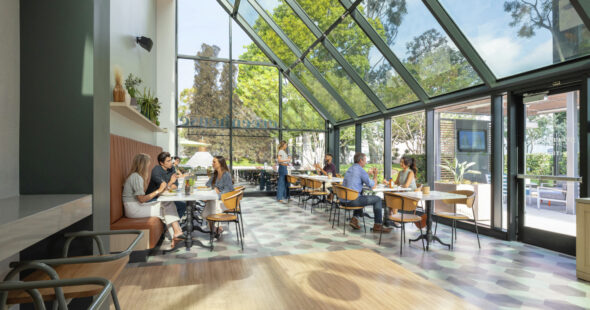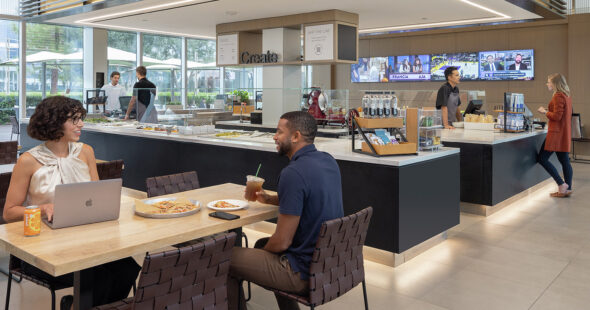
As COVID case counts rise, the CDC recommends Americans not travel for Thanksgiving. But even with close friends and family at home, it’s tempting to let our guard down. Careful adherence to safety rules, including these tips from UCI Health, can help keep you and your loved ones healthy this holiday season.
1. Don’t mix more than 3 households
In addition to keeping the guest list small, minimize the mixing and mingling of households. It’s safer, for example, to bring together two households of four people rather than four households of two people. UCI Health recommends three households as the upper limit. Consider whether any individuals on your guest list are “high risk” because of their age or pre-existing conditions. You might wish to host smaller, separate events to minimize contact between these individuals and other guests who are more likely to have COVID exposure, such as children in daycare.
2. Set ground rules in advance
Have candid conversations with your guests well ahead of your event. Ask guests and their families to wear face masks covering their nose and mouth except when they are eating or drinking. The more speaking and laughing that occurs without masking, the greater the risk of spreading infectious droplets. Ask guests not to hug or touch one another and to maintain 6 feet of distance.
3. Consider alternative activities to eating together
Sharing meals is one of the highest risk activities and UCI Health is encouraging hosts to consider alternate activities. For example, watch the big Thanksgiving football game together while wearing masks and then eat at separate tables. Another option is to skip meals altogether and center your holiday event around a gift exchange or game night. Plan games like charades or Pictionary that allow guests to keep a safe distance from each other. Finally, limit the total visit to two hours. Risk increases the longer you spend time in close contact with someone outside your household.
4. Follow hygiene best practices
Replace hand towels with paper towels and ask guests to wash their hands when they arrive. Place hand sanitizer at strategic places like entryways, food pick-up locations, and tables. Clean and disinfect frequently touched surfaces between uses and limit access to areas where food is being prepared or handled, such as the kitchen.
5. Host your event outside
Plan to be outside if possible. If you must be inside, open windows to promote air circulation. The virus spreads mainly as respiratory droplets from infected individuals. Good ventilation and airflow help dilute the droplets and reduce the risk of exposure.
6. Follow a socially-distant seating plan
Eating with your core group is important because virus transmission is highest when masks are removed for eating. Use place cards to create a safe seating arrangement so guests sit with their households but can still interact with people at nearby tables. Another idea is to seat family groups at smaller tables placed to keep households at least six feet apart. Keep higher risk people seated farther from others.
7. Practice food serving safety
It may be prettier to use Grandma’s good china but stick to disposable plates, cups, and containers this year. Skip the buffets, shared utensils, do-it-yourself meal stations, and hors d’oeuvres to avoid guests touching the same utensils or grazing with their masks off. Portion the meals on disposable plates and have only one person (masked, with freshly washed hands) delivering them to the guests. Alternatively, ask guests to bring their own food and beverages.
8. Wear face coverings as much as possible
Limit the meal to a set time, after which the plates are removed and masks are expected to be worn. Ask that guests remove their masks for as brief a time as possible to eat and drink, storing masks safely while eating, then replacing it immediately afterward. You can also consider serving guests in rotation so that not everyone is unmasked at the same time or serving children first while adults stay masked.
The material located on our site and in the links provided is for informational purposes only, is general in nature, and should be construed as citations for further information only, in order to help you identify and locate other Internet resources that may also be of interest. Information on this website or the links provided is not exhaustive, may not constitute the most up-to-date information, is not intended to create a legal, medical, or fiduciary relationship between you and the company, and is not intended to constitute an endorsement by the Irvine Company. The content on this posting is provided “as is;” no representations are made that the content is error-free. You should not act or refrain from acting on the basis of any content included in this site without seeking independent professional advice. We disclaim all liability for actions you take or fail to take based on any content on this site.





